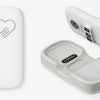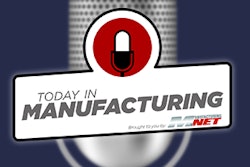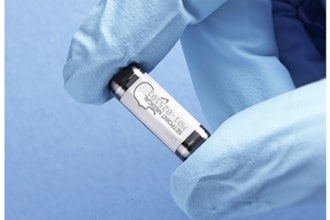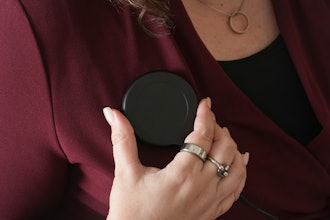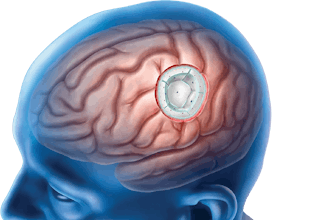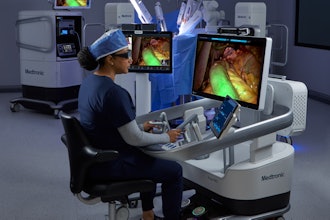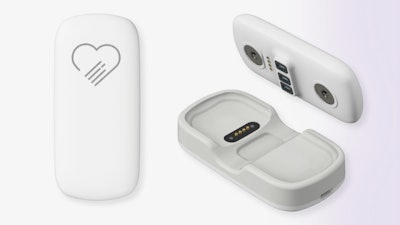
Cardiosense said the FDA has granted 510(k) clearance for the CardioTag device, a multimodal, wearable sensor that simultaneously captures electrocardiogram (ECG), photoplethysmogram (PPG), and seismocardiogram (SCG) signals.
The FDA clearance authorizes the CardioTag device for noninvasive measurement of SCG, ECG, and PPG signals as well as heart rate (HR) and pulse rate (PR). SCG is a noninvasive technique that measures subtle vibrations on the chest wall associated with cardiac mechanical activity. Clinical studies conducted by Cardiosense have demonstrated that analyzing the SCG waveform alongside ECG and PPG signals can be used to accurately assess cardiac timing intervals such as left ventricular ejection time (LVET)—a measure of how efficiently the heart is pumping blood—compared to the current standard-of-care. Cardiosense will begin exploring pilots with the CardioTag device paired with AI algorithms using the SCG, ECG, or PPG data from the device.
“This is a deeply meaningful milestone. For over a decade, we’ve worked to turn a bold idea into a clinically reliable, noninvasive technology that truly meets patients where they are. With FDA clearance, we’re taking a major step toward bringing precision hemodynamic insights into everyday patient care—no matter the setting,” said Omer Inan, PhD, Co-founder and Chief Scientific Officer at Cardiosense.

